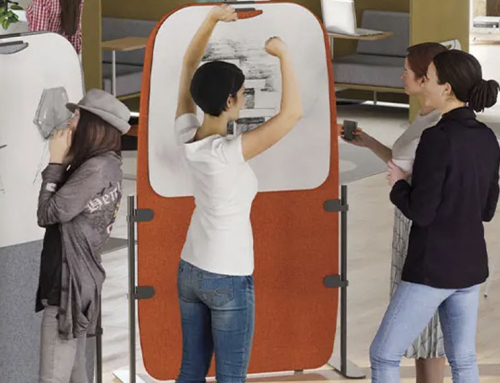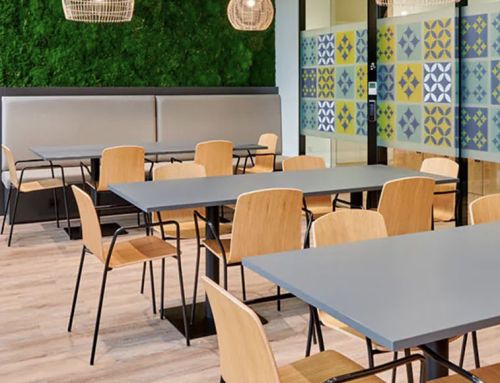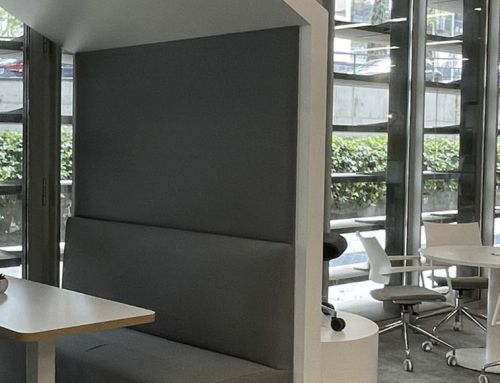With the arrival of new communication technologies we have witnessed the development of phenomena never experimented before both in the way we relate and in the form we perceive the world. But without doubt one of the novelties that will revolutionize our lives the most is the transformation of the paradigm of the office to work.
Today everything is possible: technologies evolve at a dizzying pace and every day there are more advantages for those who understand work differently; delocalized, remote and flexible. These are the “digital nomads”.
Dave Cook, anthropologist and researcher of the University College London defines “digital nomads” as “a troop of happy millennials who escape from daily routine to travel around the world working with their laptops in remote beaches” recalls the magazine Nueva Empresa.
![]()
I am a digital nomad, “I work where and when I want”
Globalization and technology have made possible the location of the office anywhere in the planet. According to Fernando de Águeda, President of Gluppi, “a digital nomad is born from the need to exit big cities, escape from routine, from the hectic life of big cities and, nevertheless, being able to work from anywhere around the world, seeking new experiences not only professional but also personal”.
Reality is that the rise of relocating work is a reality on the rise. “In fact, according to investigations, it is expected that in 2035 around 1,000 million people worldwide will work far from the place where they pay their taxes; it is estimated that in 2020, 60% of the population will work remotely” says Fernando de Águeda.
New technologies along with professional flexibility, globalization and new corporate cultures favour the idea of “work where and when you want”, relocation of offices and that digital nomads have come to stay. Most freelancers travel around the world while they work: designers, photographers, web developers, community managers… But the truth is that every day there are more employees who reach agreements with their companies to work remotely for periods of time. This post is for these last ones.
Going to work does no longer means being in an office. It is a different relationship between the employee and the company which involves new opportunities and offers new staff management formulas and a professional relationship far from presentism.

Offices, the meeting points of digital nomads
Remote work is a challenge for digital nomads and employers equally. Without the capacity to gather the team in a place, companies risk these employees may feel that they do not receive support and that they are left aside. They do not see how they contribute to the common target and this absence of connection may lead to frustration and to a loss of motivation.
People have the basic need of feeling part of a community and sharing with others. Companies will have to provide these new professionals with the necessary tools to work under the same brad from any part of the world. They will also have to provide them with spaces where they will temporarily feel “at home”. The office does not only encourage personal relations, it also reinforces them.
Flexibility, technology and coworking
Meanwhile offices cannot respond to this new workforce with traditionally designed spaces. They have to combine among others the following attributes:
- Flexibility, technology and coworking/collaboration spaces are the three initial premises of the new offices taking into account the rise of this new talent.
- Digital nomads go to offices to collaborate and share with the team and therefore it is important to expand informal areas, with added value and collaboration.
- Technology is another great challenge of new offices as it promotes mobility and boosts collaboration between different teams disseminated throughout the world.
- A good approach for the design of offices with digital nomads is non-territoriality, i.e., work stations are shared and not assigned to a specific person.
- In order to satisfy the flexibility required by a “pass by” office for many employees, polyvalent spaces are just as necessary, easily to reconfigure for different uses and number of people.
- Sustainable offices, a strong demand of new generations: comprehensive management of energy and environment, CO2 reduction policies or measurement of the carbon print, recycling policies, paper less…
- A design that “gets them hooked” on the brand and makes them feel like “at home”.
- Spaces in line with new corporate policies of the wellbeing oriented to the retention of talent. Companies are investing on their spaces to improve work environments and increase the satisfaction of its staff.
Does this mean that traditional offices will disappear? Of course not. The different work spaces respond to different needs depending on each person, way of life, company or project.





